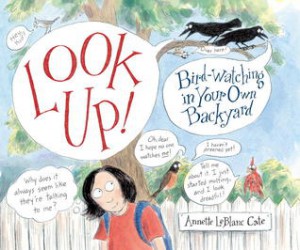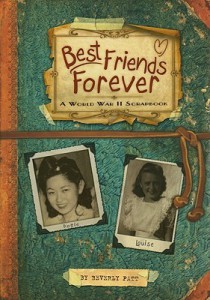All the time I was reading “Titanic: Voices from the Disaster” (Scholastic 2012) by Deborah Hopkinson, I  wanted to yell, “Get on those life boats. Now!” Repeatedly we hear testimony of the survivors saying they waited for instructions. In the end about 700 passengers, staff, and crew, survived. 1500 people perished.
wanted to yell, “Get on those life boats. Now!” Repeatedly we hear testimony of the survivors saying they waited for instructions. In the end about 700 passengers, staff, and crew, survived. 1500 people perished.
To help us understand this, we know the survivors had felt safer on the immense opulently fitted, well-lighted Titanic than they did at the idea of huddling in small lifeboats bobbing on the icy black Atlantic. They were also told by the crew, Help is just minutes away. Sadly, this was not true.
Lack of organization was only one problem. If every lifeboat had been filled, 1200 might have survived, but there would still not have been space in lifeboats for 1000 passenger and crew members. They’d broken no law. The number of lifeboats required was based on the tonnage of the ship—a number set half a century earlier—a rule based on freight vehicles rather than luxury liners.
There were still more problems. This most luxurious ship with its grand staircase, mahogany fittings, dinner served on gold-rimmed bone china, was thought invincible. In spite of being warned all day, April 14, 1912, by other ships in the area, of the ice field looming ahead in the north Atlantic, Captain Smith chose to steam straight on, not altering course, not even slowing the engines. Arrogance?
Another sad commentary is the huge proportion of third class or steerage passengers who perished. The crew’s call was “Women and children first,” meaning first and second-class women and children. Third class passengers were not released from the lower decks until shortly before the Titanic sank at 2:20 a.m. on April 15, only a few hours after striking the iceberg.
It’s unclear why the Californian, a large ship steaming in the vicinity did not come to their aid in spite of the Titanic’s radio SOS and the flares sent up every 15 minutes. The Carpathian chugged at top speed from 53 miles away and rescued those in lifeboats at dawn on April 15, but it was too late for those 1500 people in the water who’d expired of drowning or hypothermia soon after falling or jumping into the water.
There are stories of heroism. The radio operators never ceased sending out alerts. A few crew members worked tirelessly to help those they could. Even knowing the outcome, the book is a page turner or a disc changer. Read by Mark Bramhall for Listening Library, the sound production is a bit of a challenge considering all the sidebars breaking into the narrative, but still a worthwhile transmission of the story.
 The century-old Titanic tragedy continues to fascinate. In these days of preparedness it’s difficult to understand their innocence—the fact that they did not have a plan in the event of a disaster.
The century-old Titanic tragedy continues to fascinate. In these days of preparedness it’s difficult to understand their innocence—the fact that they did not have a plan in the event of a disaster.
“Iceberg, Right Ahead! The Tragedy of the Titanic” (Twenty-First Century Books 2011) by Stephanie Sammartino McPherson is another fine book about the Titanic tragedy.
Patricia Hruby Powell is a nationally touring speaker, dancer, storyteller, occasional librarian, and children’s book author. See more at www.talesforallages.com/





